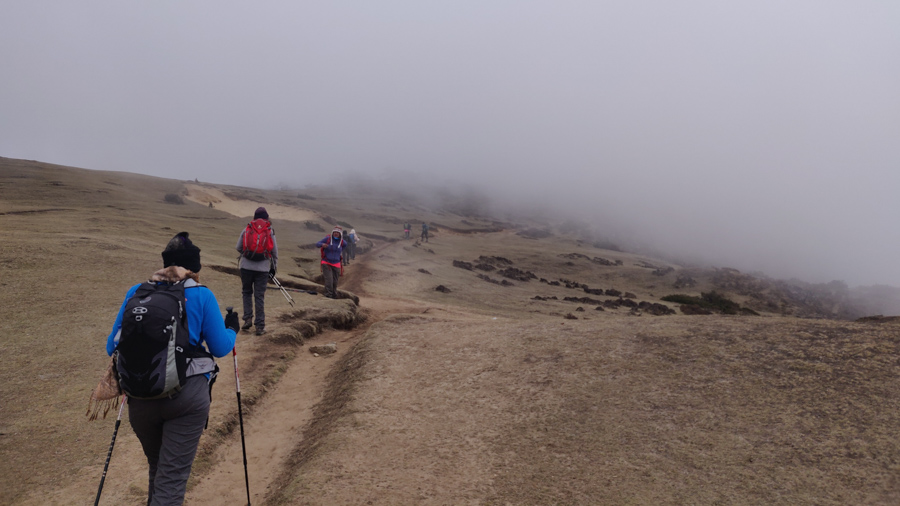By: Avinav Bista
If one were to ask which is the tallest mountain in Nepal, or rather the whole world, anyone with a general idea about the sport would utter, “Everest”. When asked which is considered the deadliest, you would receive a multitude of answers and to be fair, each would be correct in some aspect. The difficulty of climbing a mountain is not solely dependent on the height of the summit but also the technical and logistical pressures that mountaineers face when attempting the climb
Today we look at Five of the most difficult mountains to climb Nepal, all listed for one crucial aspect that strikes dread in every climber:
Annapurna
Standing at 8,091 meters with a fatality rate of one/third of all climbers who have attempted to scale the mountain, Annapurna is without the doubt the heavyweight champion when it comes to deadliest mountains of world. The first successful ascent was in 1950 but since then only 158 attempts have been made, making Annapurna not only the most dangerous but also the least climbed ultra-eight thousander in the world. The reasons for this is mainly the glacial structure of the mountain, with gigantic ice cliffs and serac avalanches that make it a very unpredictable mountain. Besides this the weather conditions on the mountain itself is perhaps the most hazardous for any summit attempt, with snowfall and gusts of wind diminishing visibility and thereby increasing the dangers inherent in the mountainous terrain.
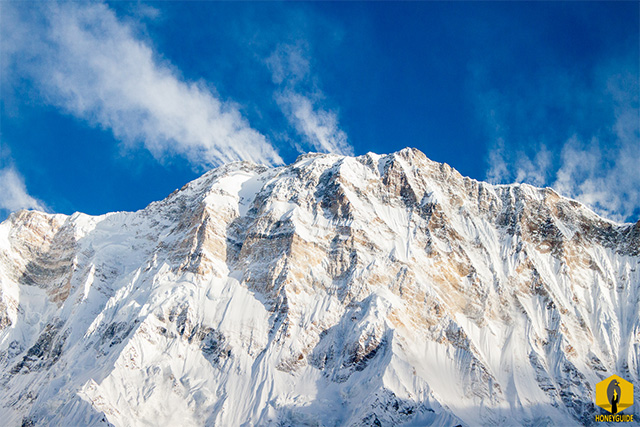
Manaslu
Located in the west-central part of the Himalayas of Nepal, Manasu peaks at 8156 meters, making it the world’s eighth tallest mountain. Like most eight-thousanders, there is a specific time to attempt a successful summit, with clear weather conditions to aid the ascent since it snows heavily starting from the base camp. There is several feet of fresh snow in every turn of the weather and herein lies one of the major problems with climbing Manaslu; the climbing route is riddled with seracs that are prone to collapse. Because of this most climbers are mindful of the short time frame to push forward, as the snow may melt under the afternoon sun and avalanches occur often because of it.
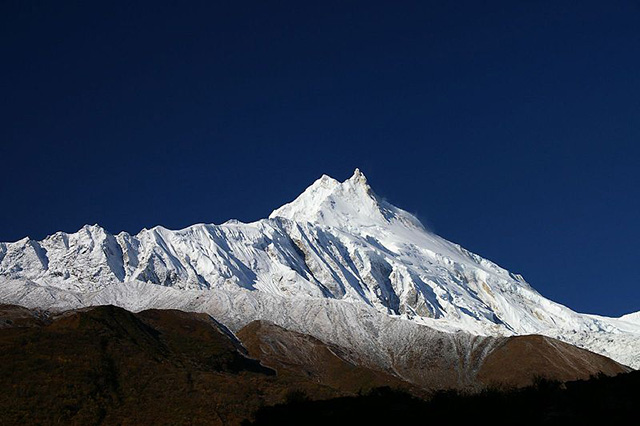
Kangchenjunga
In the Eastern Nepal-India border is located the third highest mountain peak in the world and as such carries with it the mark of one of the most dangerous mountains as well. With a height of 8,586 meters, Kangchenjunga is not only a majesty to behold but also a terror when it comes to successful climbing attempts. Due to it’s remoteness and lack of accessibility, the area has long been frequented only by the most adventurous and seasoned climbers. Besides the usual weather conditions of high altitude locations; heavy snowfall, severe winds the lack of emergency facilities should the worse occur makes the prospect of climbing the mountain very risky.
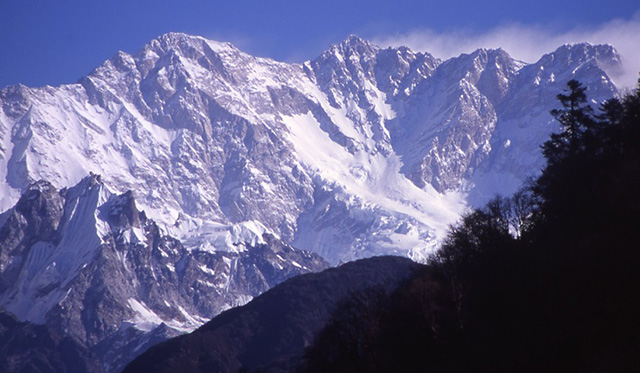
Dhaulagiri
Known also as the mountain of storms, Dhaulagiri reaches up to 8,167 meters and lies in the himalayan range of Nepal. It’s name aptly translates to “dazzling beauty” but this belies the dangers associated with the mountain. Like other summits that exceed the eight thousand mark, Dhaulagiri is susceptible to extreme weather conditions and various natural calamities, including avalanches and sudden drop in temperature due to the gushing wind. However, this does not detract climbers from attempting to conquer the astonishingly beautiful mountain and for this reason, dhaulagiri has a much higher death to summit ratio than its himalayan brethren.
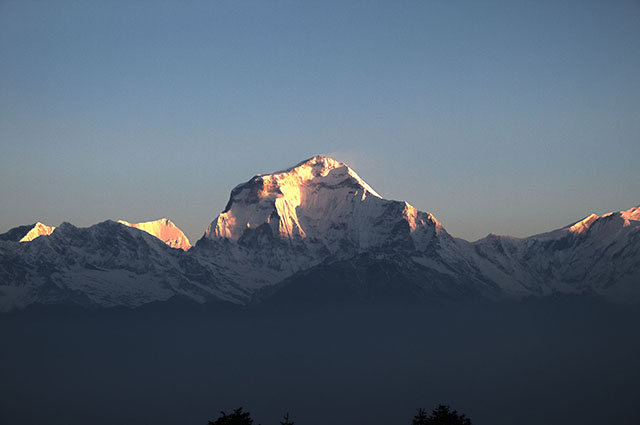
Everest
Part of the Mahalangur Himalayan Range in the Khumbu Region of Nepal, Mt. Everest is the tallest mountain in the world, standing at 8,848 meters. Although it was first ascended in 1953 and has been repeatedly climbed successfully ever since, the height of the mountain extends well into the stratosphere and as such is susceptible to strong winds and sudden drops in temperature. With the highest recorded wind speed was of 175 mph and the average temperature of – 18 degree Celsius in the summer, the tallest mountain in the world is one of the deadliest and up to 9 % percent of all attempts have ended in disaster.
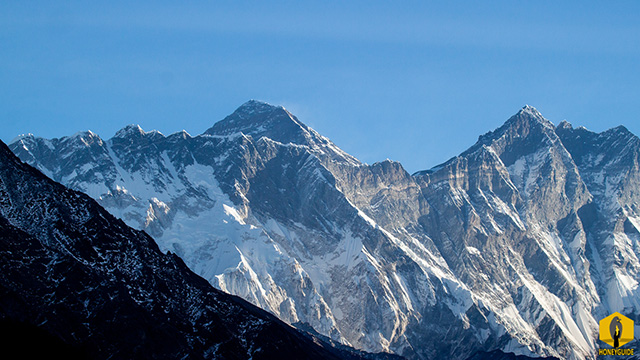
Mountains are deadly, dangerous and demanding but at the same time mountain attracts people to conquer it, to love it and to challenge it. The scenery and environment of mountains are not the only reasons why people like mountains. The difficulty and challenge of conquering a mountain is also a driving reason why people throng to mountain trails. The reasons why people like mountains are as diverse as the number of species of wildlife found in mountain areas. Discover the different emotions and reasons of people liking mountains in this video:




